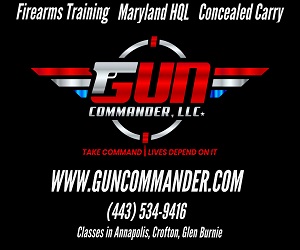jackpollard
Active Member
I hope this is not too stupid a question, but I'm kind of stumped. I use the Lee precision deluxe 3 die set for my .308. I've been using the full length sizing die and the bullet seating die. I measure and make sure everything is spec. Included is a collet die which sizes the neck, I've not used that. The full length de-primes and puts the case in spec, so why should I use the collet die?
Thanks in advance.
Thanks in advance.


